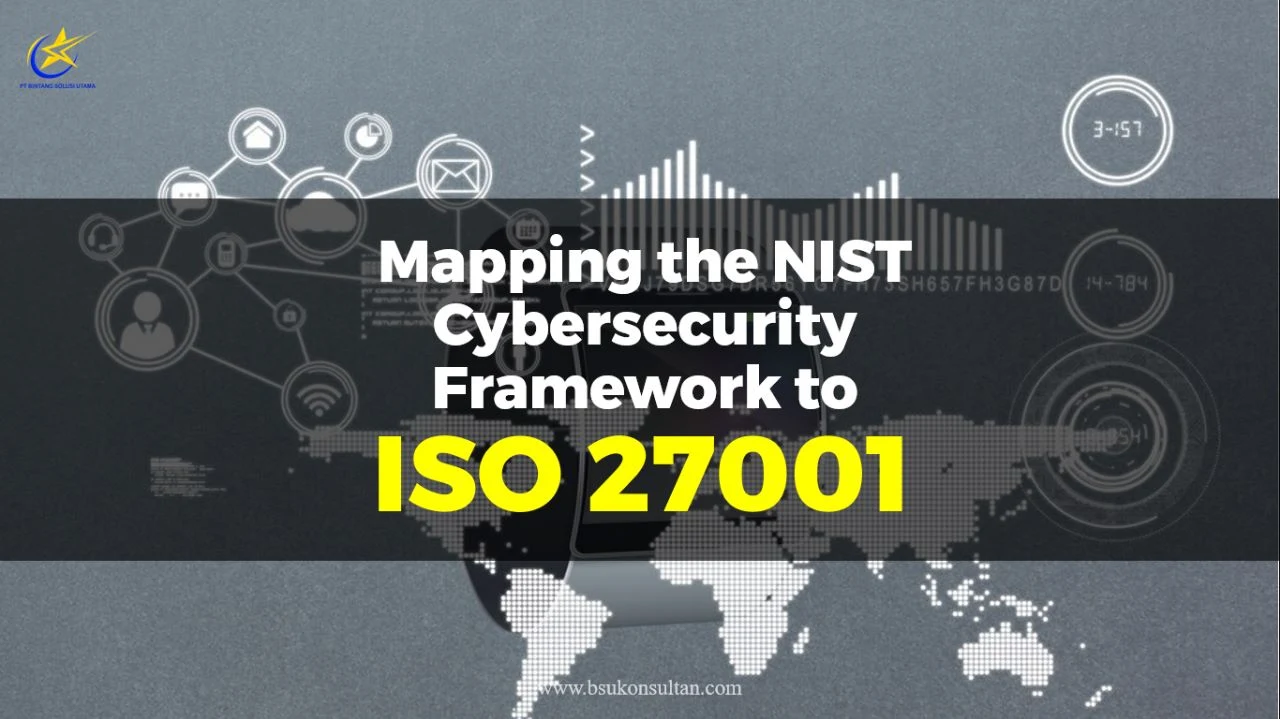In an era of increasing cyber threats and data breaches, organizations worldwide are prioritizing the implementation of robust information security management systems (ISMS).
The ISO 27001 framework has emerged as a leading standard for ensuring the confidentiality, integrity, and availability of sensitive information.
This article delves into the intricacies of the ISO 27001 framework, exploring its key components, risk management methodologies, mapping with the NIST Cybersecurity Framework, and the role it plays in fortifying organizational security.
Understanding the ISO 27001 Framework
The ISO 27001 framework is a globally recognized standard for establishing, implementing, maintaining, and continuously improving an ISMS within an organization.
It provides a systematic approach to managing sensitive information, encompassing a comprehensive set of controls and risk management practices.
1. ISMS Framework ISO 27001
The foundation of the ISO 27001 framework lies in the implementation of an effective ISMS.
This encompasses a holistic approach to managing information security, involving processes, personnel, and technology to protect the organization's assets.
The framework ensures that information security is embedded within an organization's culture and operations, fostering a proactive approach to risk mitigation.
2. ISO 27001 Framework Diagram
A visual representation of the ISO 27001 framework helps stakeholders understand the relationship between its various components.
The diagram illustrates the key elements, including policy and objectives, risk assessment, risk treatment, monitoring, and continual improvement.
Risk Management Framework ISO 27001
One of the cornerstones of the ISO 27001 framework is its risk management approach.
The framework employs a systematic methodology to identify, analyze, evaluate, and treat information security risks.
This enables organizations to make informed decisions regarding risk acceptance, avoidance, transfer, or mitigation.
1. Risk Assessment Framework ISO 27001
The risk assessment process involves identifying and evaluating potential risks to an organization's information assets.
It encompasses the identification of assets, assessment of threats and vulnerabilities, and the determination of the potential impact of these risks.
Through a structured risk assessment, organizations gain valuable insights to prioritize resources and develop appropriate control measures.
2. Risk Treatment Framework ISO 27001
Following the risk assessment, organizations can formulate a risk treatment plan to address identified risks.
This involves selecting and implementing controls to mitigate or eliminate the risks, ensuring the effectiveness of the ISMS.
The framework emphasizes the selection of controls based on a risk-based approach, taking into account the specific context of the organization.
Mapping the NIST Cybersecurity Framework to ISO 27001
The NIST Cybersecurity Framework, developed by the National Institute of Standards and Technology (NIST), is widely adopted in the United States as a guideline for managing cybersecurity risks.
Mapping the NIST framework to ISO 27001 can help organizations leverage existing cybersecurity practices while aligning with the ISO standard.
NIST Framework ISO 27001 Mapping
The NIST framework and ISO 27001 complement each other, as they both emphasize risk management and a proactive approach to security.
By mapping the NIST framework to ISO 27001, organizations can identify commonalities and align their cybersecurity efforts more effectively.
This mapping enables organizations to leverage the best practices of both frameworks, leading to a more robust and comprehensive security posture.
Control Framework ISO 27001
The ISO 27001 framework provides organizations with a comprehensive set of controls to safeguard their information assets.
These controls are structured into various domains, covering a wide range of information security aspects.
1. Security Framework ISO 27001
The ISO 27001 standard defines 14 domains encompassing 114 controls. These domains include information security policies, organization of information security, human resource security, physical and environmental security, communication and operations management, and more.
Implementing these controls helps organizations establish a strong security foundation and protect against potential vulnerabilities.
2. Cybersecurity Framework ISO 27001
As cybersecurity threats continue to evolve, organizations must adopt a proactive approach to protect their sensitive information.
The ISO 27001 framework incorporates cybersecurity considerations within its controls, ensuring that organizations can effectively address emerging cyber threats while maintaining compliance with the standard.
This integration empowers organizations to achieve a comprehensive security posture and adapt to changing cybersecurity landscapes.
Conclusion
The ISO 27001 framework serves as a vital resource for organizations striving to establish a robust and effective information security management system.
Through its risk management methodologies, mapping with the NIST Cybersecurity Framework, and comprehensive control framework, ISO 27001 provides a holistic approach to safeguarding sensitive information.
By embracing this globally recognized standard, organizations can enhance their cybersecurity posture, mitigate risks, and instill trust among stakeholders in an increasingly interconnected world.









0 komentar:
Posting Komentar